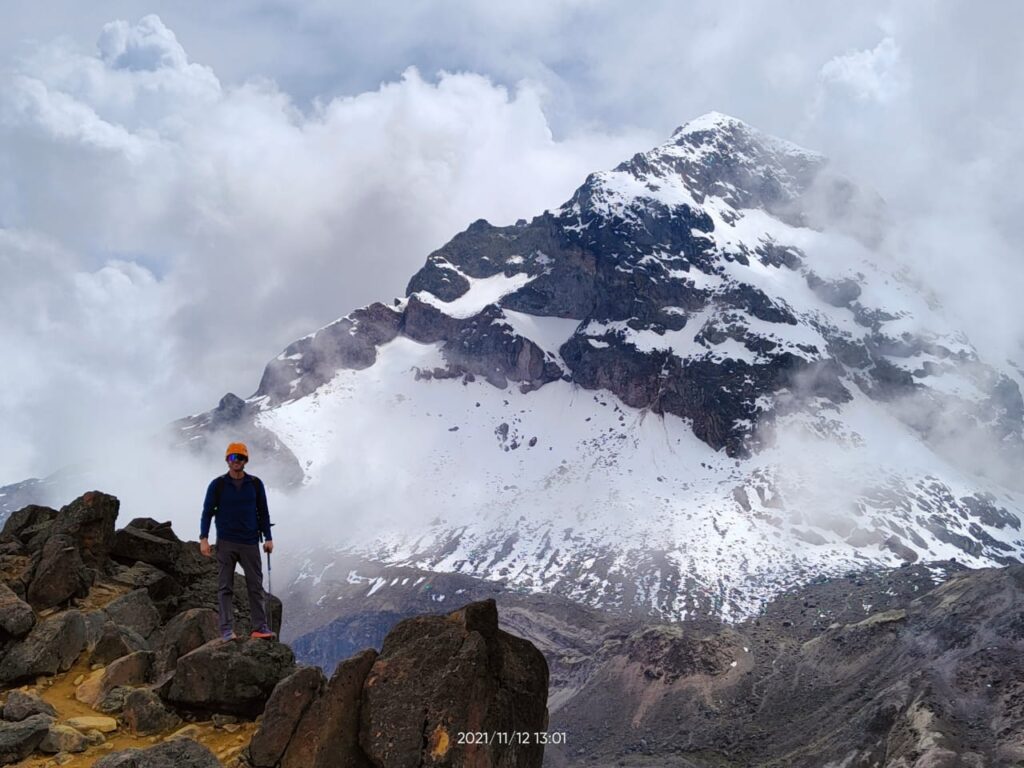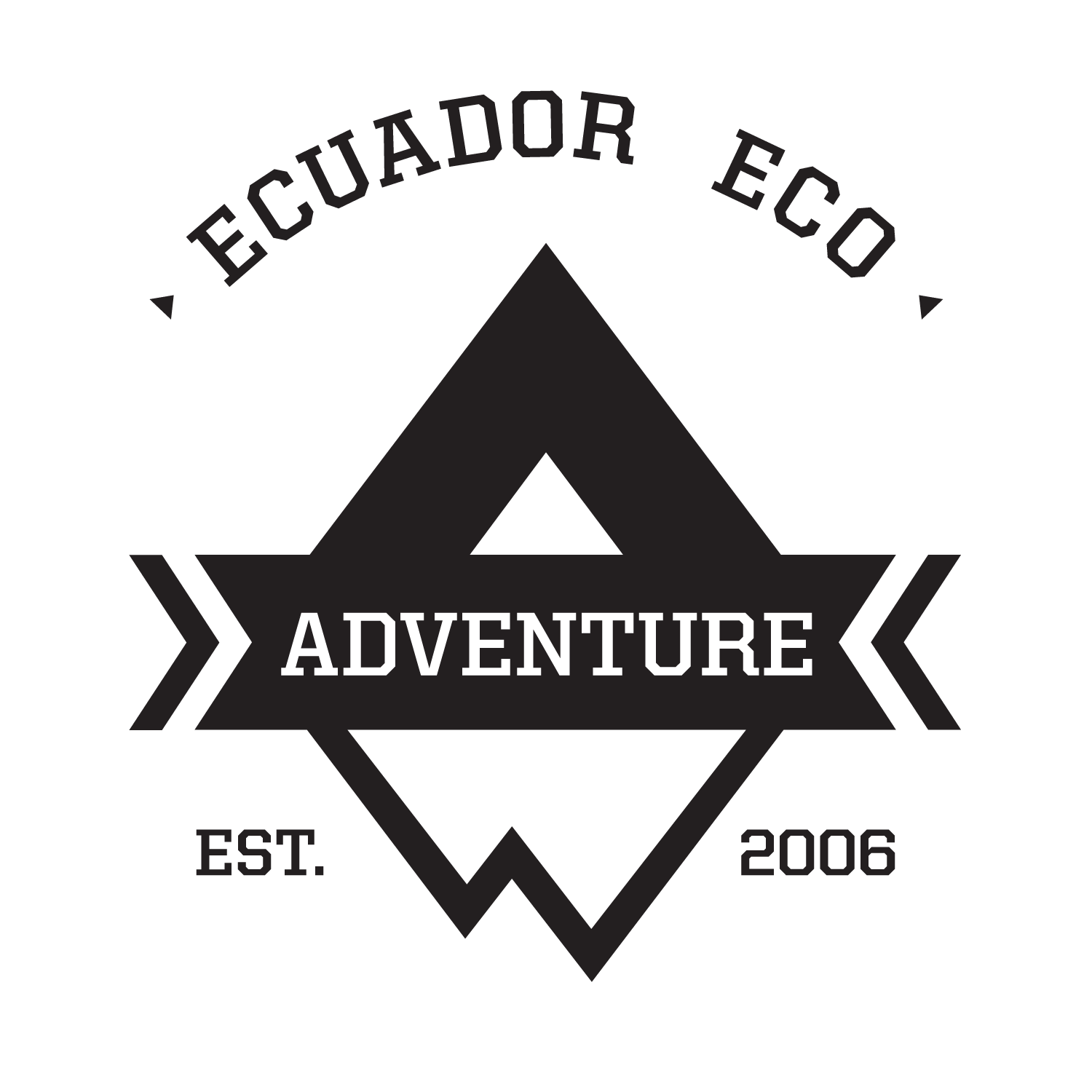Trekking in Ecuador
Ecuador’s Andes Mountains are a prominent feature of the country’s landscape and stretch from north to south, dividing the country into coastal and eastern regions. The Andes in Ecuador is part of the Andean mountain range, which runs the length of South America.
Ecuador’s Andes are characterized by high peaks, deep valleys, and steep slopes. The highest point in Ecuador is the Chimborazo volcano, which stands at 6,268 meters (20,564 feet) above sea level. Other notable peaks in the Andes include Cotopaxi, Cayambe, Antisana, and Tungurahua.
Ecuador’s Andes are also home to numerous volcanoes, both active and inactive. These volcanoes are part of the Pacific Ring of Fire, which is an area in the Pacific Ocean known for its high level of volcanic activity. Ecuador’s most active volcanoes include Cotopaxi, Tungurahua, and Reventador.
The volcanoes in Ecuador’s Andes have had a significant impact on the country’s history and culture. For example, many indigenous communities have built their homes and villages near the base of these volcanoes, as they believe they are sacred and offer protection. Additionally, volcanic eruptions have shaped the landscape and influenced the development of agriculture in the Andes. Today, many of Ecuador’s volcanoes are popular tourist destinations, offering opportunities for hiking, climbing, and sightseeing.

Safety While Trekking in the Outdoors
Trekking in the outdoors can be an exciting and rewarding experience, but it is important to prioritize safety to ensure a successful and enjoyable trip. Here are some tips for staying safe while trekking and the necessary gear to bring:
- Plan your route: Before embarking on a trek, research the trail and weather conditions. Make sure to inform someone about your itinerary and expected return time. Stick to the marked trails and avoid taking shortcuts or unmarked routes.
- Dress appropriately: Wear appropriate clothing and footwear for the trek, taking into account the weather and terrain. Bring extra layers in case the temperature drops, and waterproof gear in case of rain.
- Stay hydrated and fueled: Bring plenty of water and snacks to keep you hydrated and energized throughout the trek. Consider bringing water purification tablets or a filter in case you run out of water.
- Carry a first-aid kit: It is essential to carry a basic first-aid kit that includes bandages, disinfectants, pain relievers, and any medications you may need.
- Bring navigation tools: Always carry a map and compass and know how to use them. Consider bringing a GPS device or smartphone with GPS capabilities.
- Carry a flashlight or headlamp: Always bring a reliable light source, as it can get dark quickly in the outdoors.
- Respect wildlife: Observe wildlife from a distance and avoid feeding or approaching them.
- Be prepared for emergencies: Carry an emergency whistle, signaling mirror, and a fire starter. Know how to build a fire in case of an emergency.
By following these tips and carrying the necessary gear, you can enjoy a safe and successful trekking trip in the outdoors.

Trekking Ecuador Andes
Trekking in Ecuador’s Andes is an incredible experience, offering breathtaking views of towering peaks, rolling hills, and lush valleys. The Andes in Ecuador are home to numerous trekking routes, ranging from easy walks to challenging multi-day hikes.
One of the most popular trekking routes in Ecuador’s Andes is the Quilotoa Loop, a multi-day trek that takes hikers through remote villages, scenic valleys, and the stunning Quilotoa crater lake. The trek offers a unique opportunity to experience the local indigenous culture and see the traditional way of life in the Andean communities.
Another popular trekking route is the Cotopaxi National Park, home to the Cotopaxi Volcano, one of the highest active volcanoes in the world. The trek offers stunning views of the surrounding landscapes and an opportunity to experience the unique flora and fauna of the Andes.
For experienced trekkers, the trek to the summit of Chimborazo, the highest mountain in Ecuador, is a challenging and rewarding experience. The trek requires technical climbing skills and a high level of fitness but offers incredible views of the surrounding Andean peaks and valleys.
When trekking in Ecuador’s Andes, it is essential to prepare adequately for the high altitude and changeable weather conditions. It is recommended to acclimatize to the altitude before embarking on any trek, staying hydrated, and carrying appropriate clothing and gear. Additionally, it is advisable to trek with a guide or join a guided trekking tour to ensure safety and to experience the full benefits of the trek.


